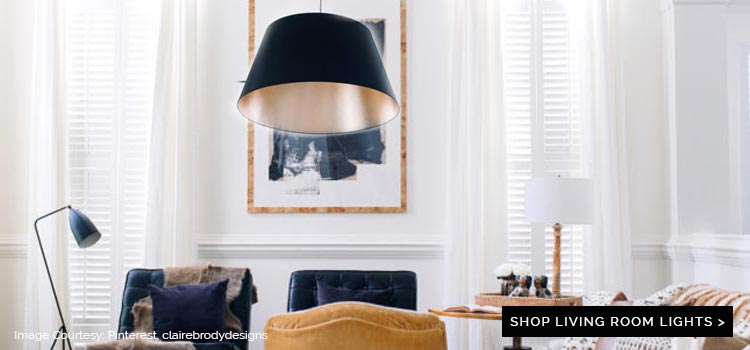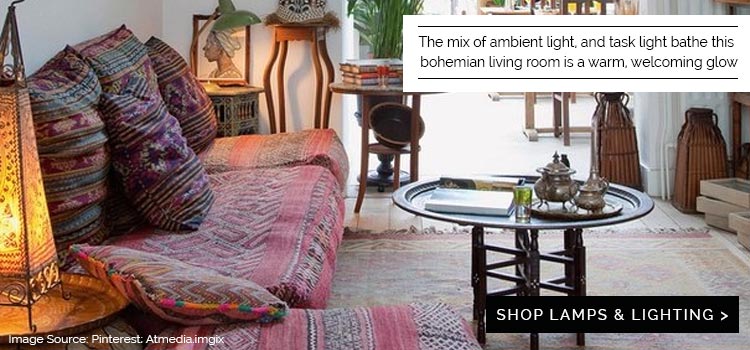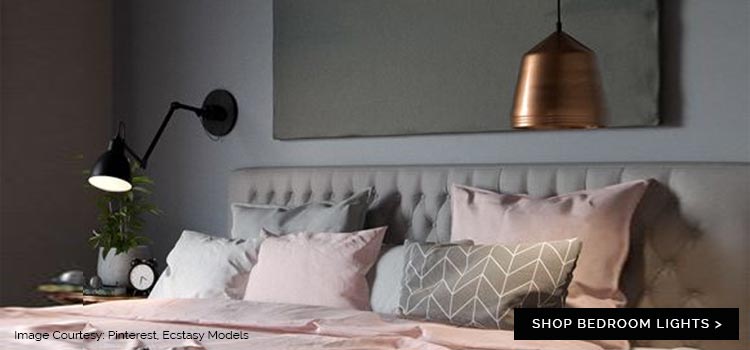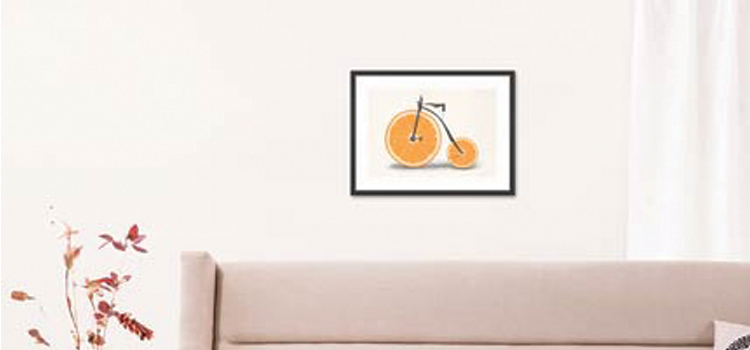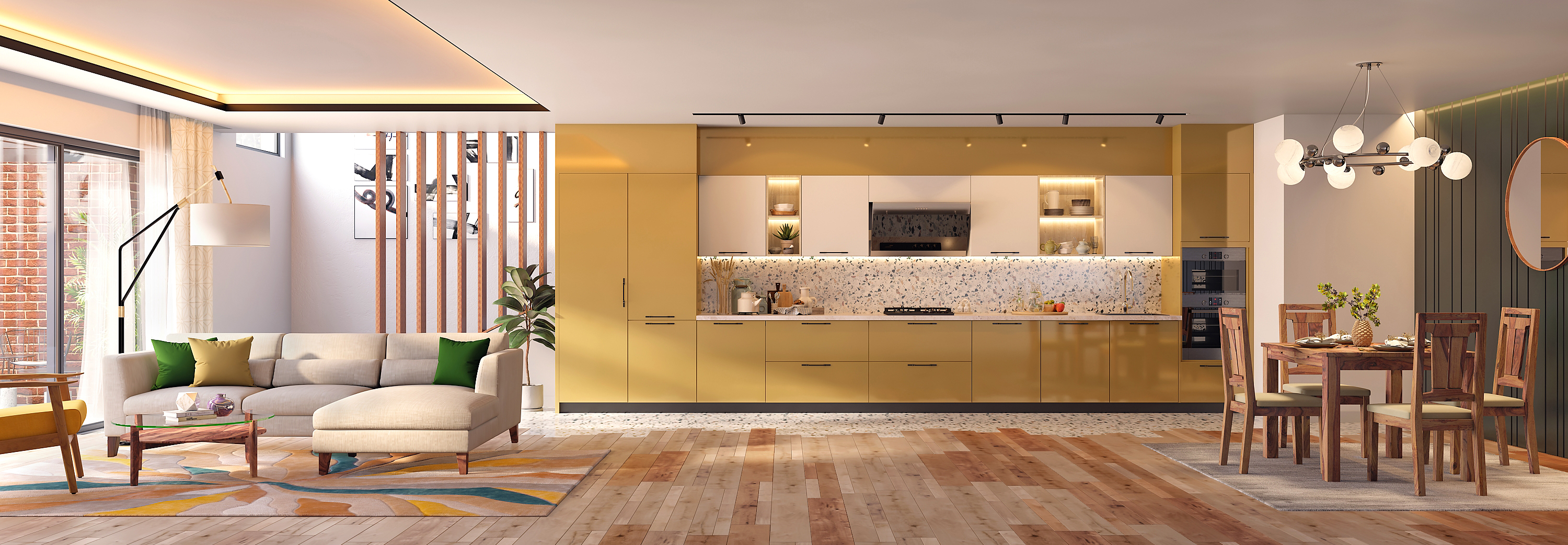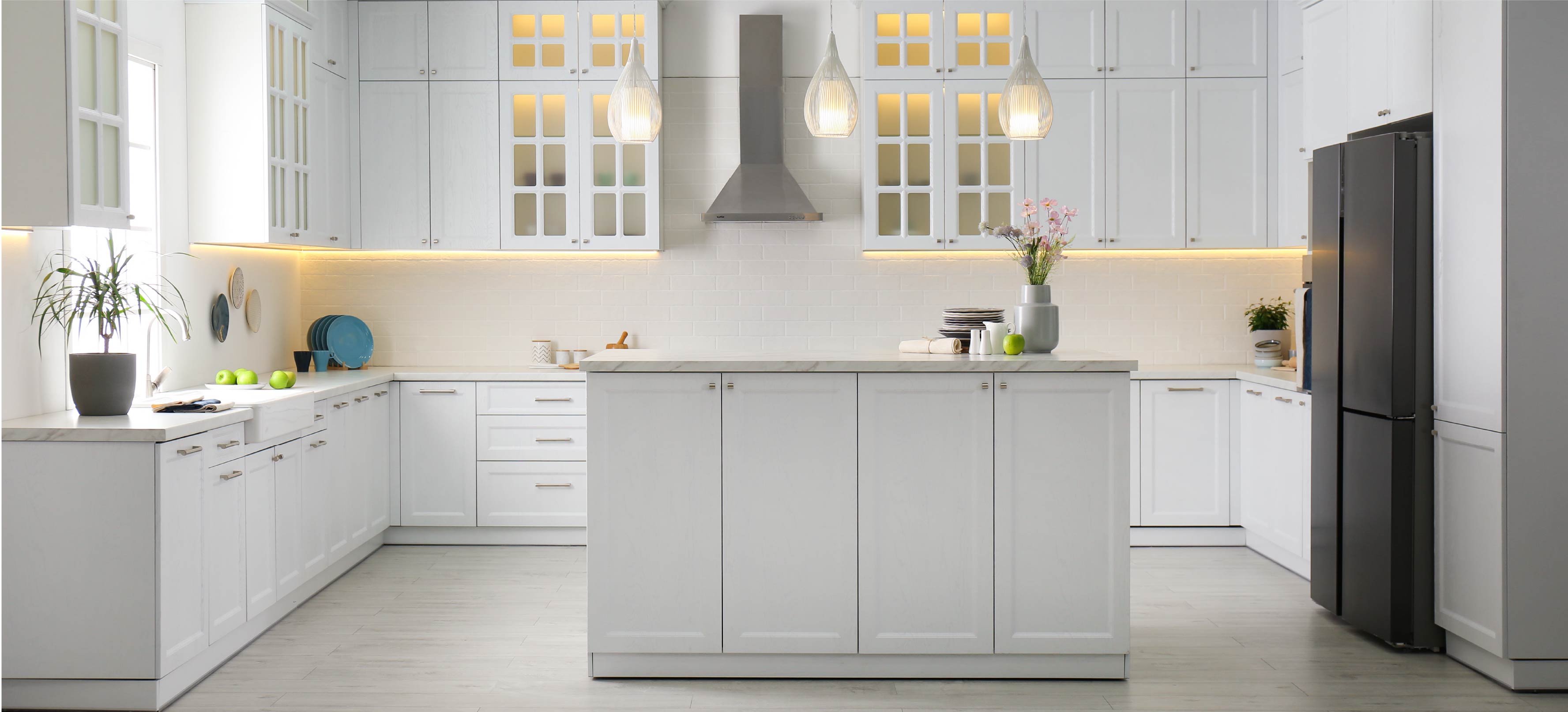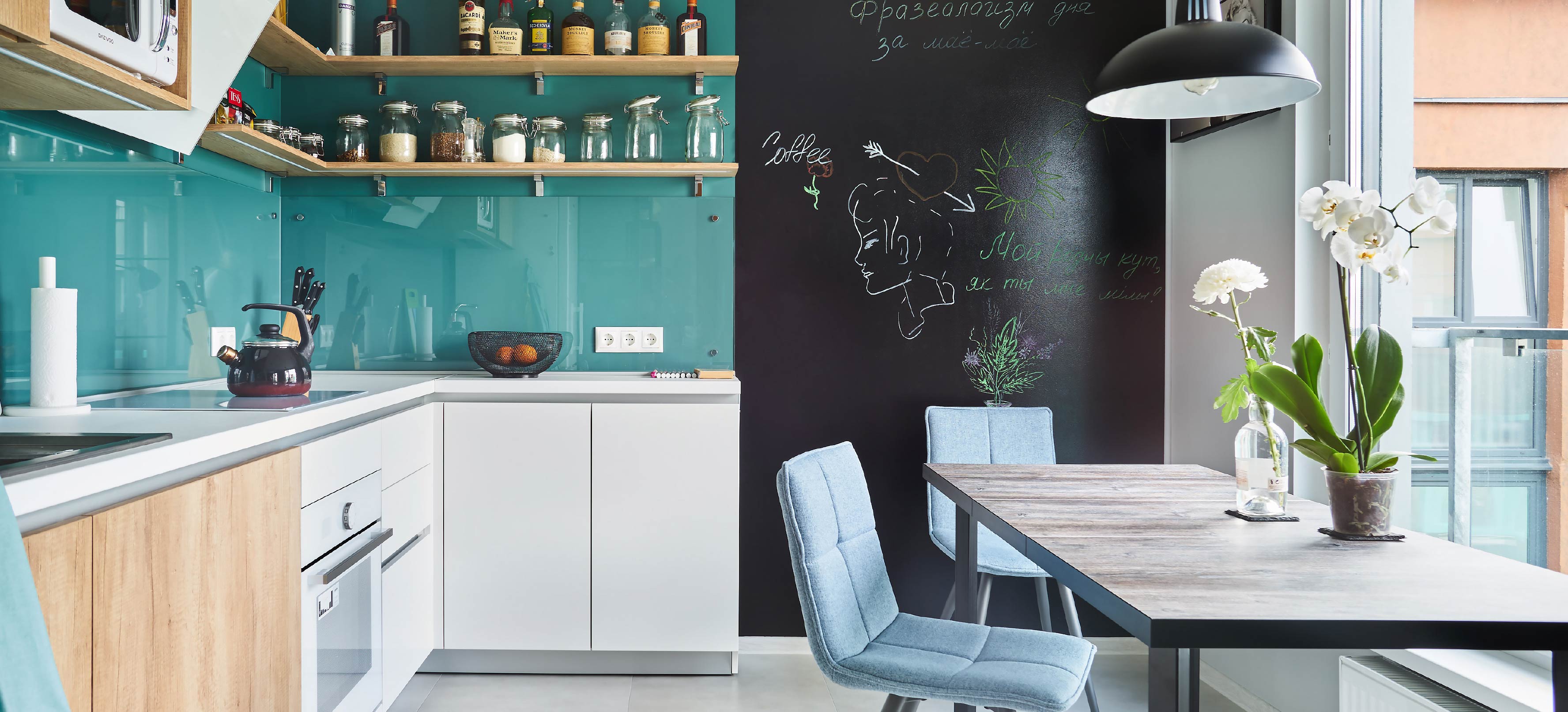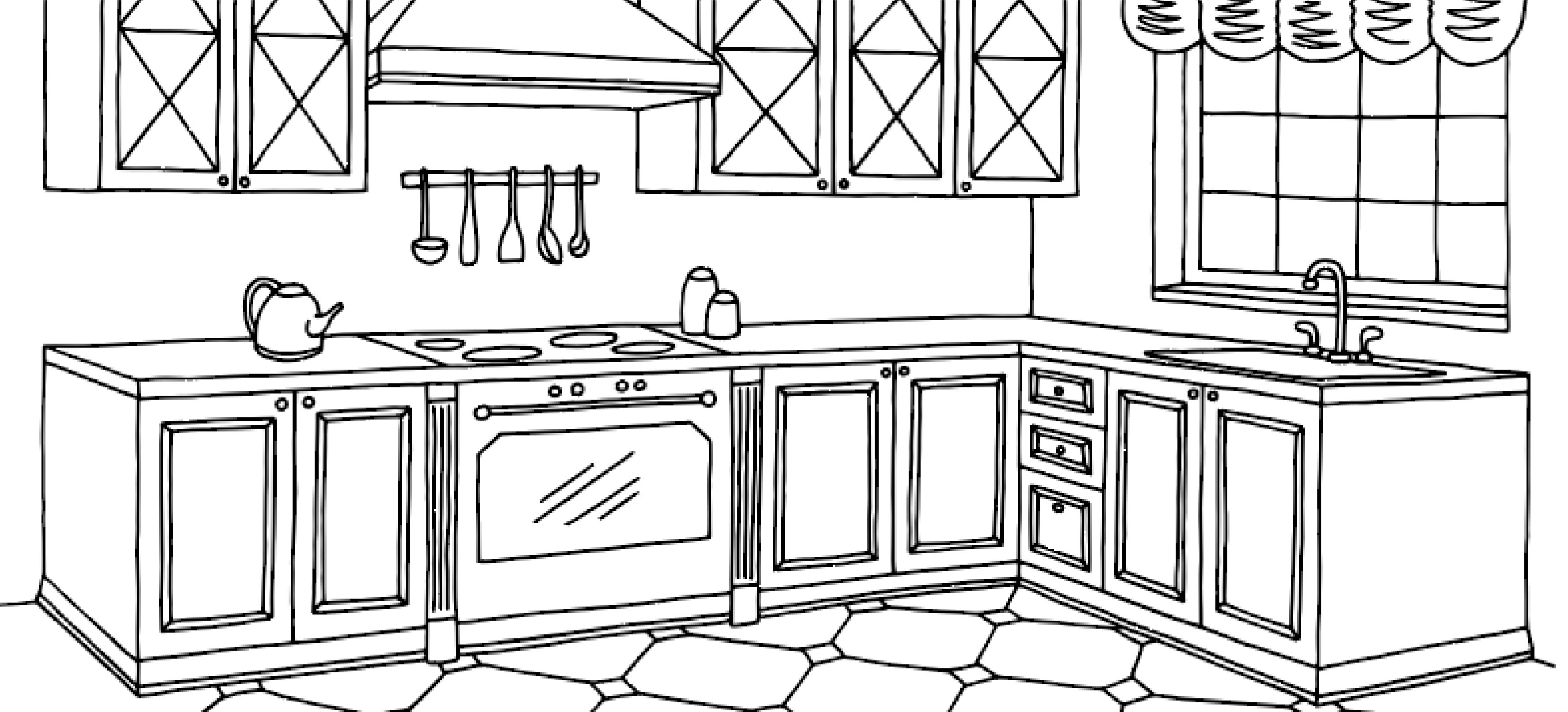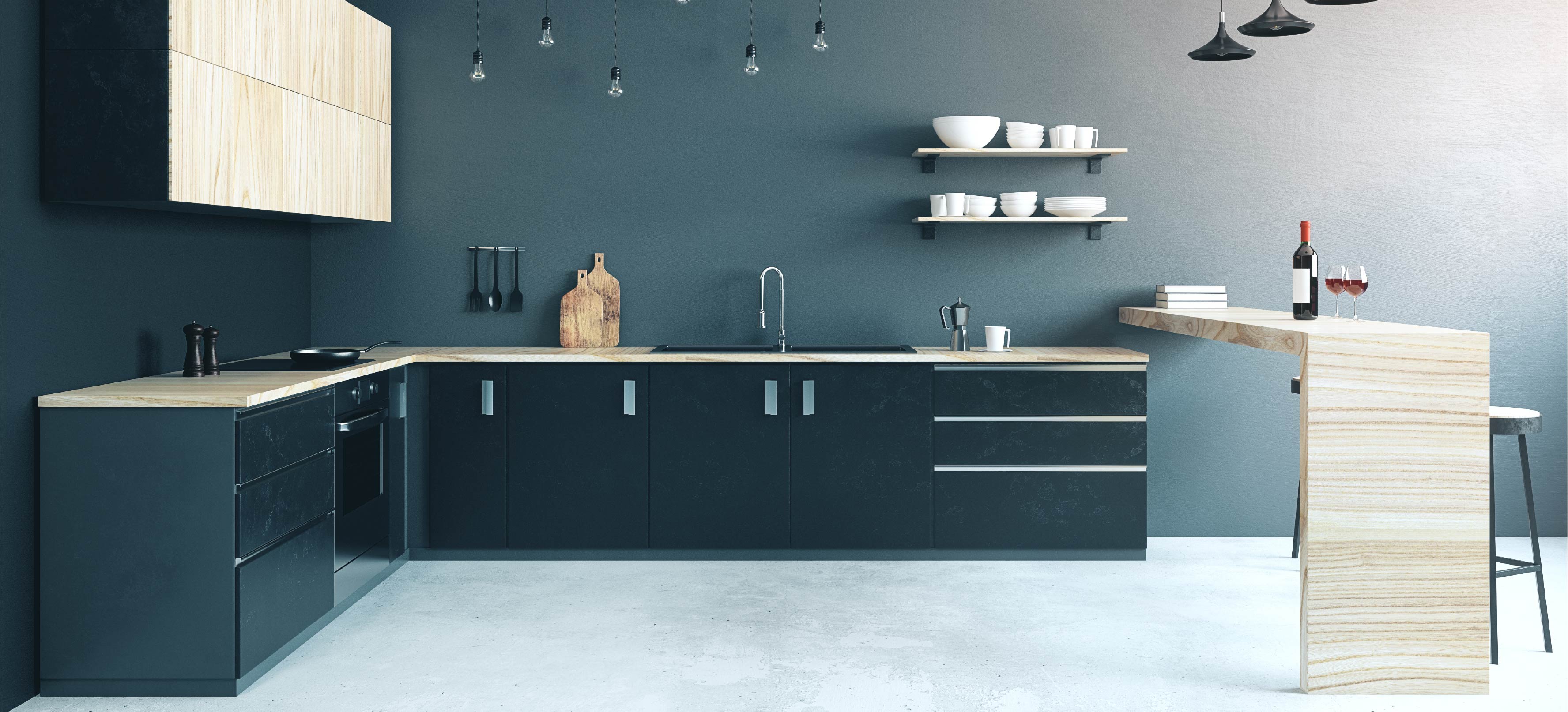
Light It RIght! The Art Of Lighting Made Easy With Our Essential Guide
A well-lit home is a thing of beauty. Done right, lighting sets the mood and heightens our enjoyment of space, furniture, art and decor. Good lighting strikes that pitch-perfect note between functional and feel-good, and doesn’t draw too much attention to itself. On the flipside, bad lighting is the visual equivalent of a rude jolt – impossible to ignore and an instant buzzkill.
Think layers, not wattage
A novice mistake we make with lights: assuming that a room needs to be lit evenly, and that one source is adequate. Truth is: good lighting is layered, and comes from multiple sources. The art of layering involves mixing various types of light. Blending different zones of light within a single space, creates a balanced flow.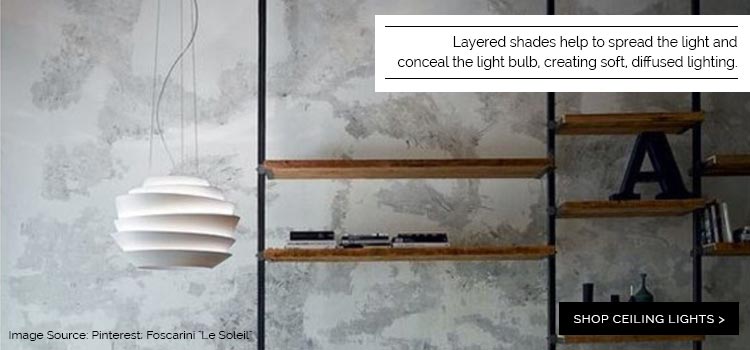
Use the rule of three
Apart from natural light, there are three basic types of light. Combine them in varying degrees for best results.
|
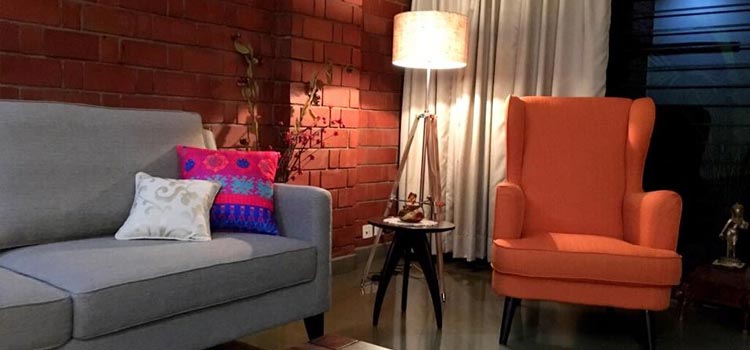 |
|
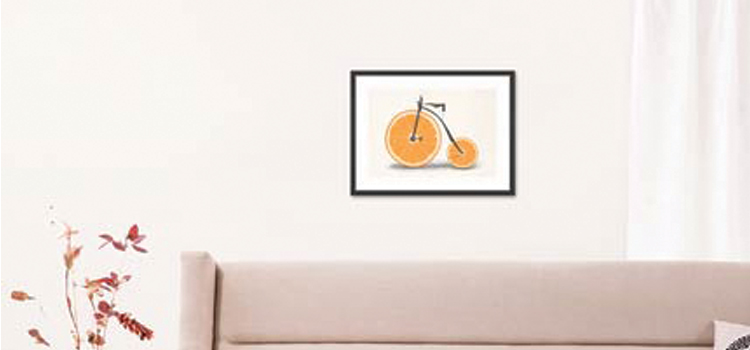 |
|
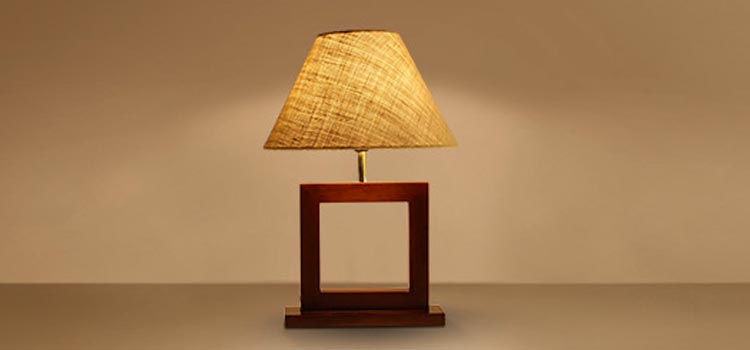 |
|
Bedroom: This is a place to wind down, so opt for lower wattage bulbs. For a warm, soft glow, choose recessed lights. Table or wall lamps on either side of the bed work perfectly for reading and working on your laptop. A wall lamp or sconce can be used to highlight the dresser.
|
|
Kitchen: Lights need to address the kitchen’s dual functions – as a utilitarian space and a hang-out area. Complement a pendant light with recessed lights, under-cabinet lights, and lights over the kitchen island and sink.
|
Dining room: Place a chandelier or pendant lamp over the table. Dress up the walls with accent lights (like sconces) or use a floor lamp to spruce up the ambience.
